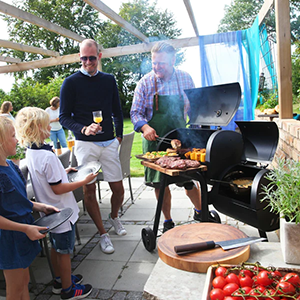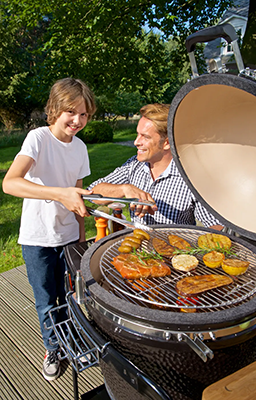What is preparing?

Food preparation is the processing of raw materials into a condition suitable for human consumption. We do this for several reasons. Primarily to protect our health, but also to make food more digestible, more flavorful and preserved. An important tool for this is yarn. This can be done in a myriad of ways. This almost always involves heating, although, for example, some fish can also be cooked by marinating them in acidic (citrus) fruit juice. Ways of cooking include boiling, frying, steaming, deep-frying, baking and stewing, as well as grilling, barbecuing and smoking.
Several plant foods are not suitable for consumption without cooking because they contain toxins, think potatoes and legumes, among others. Animal products may be contaminated with pathogenic bacteria (such as Salmonella, E. Coli, ESBL and Campylo) and parasites that pose health risks. Cooking food adequately can prevent food poisoning.
Cooking often has the added benefit of making food more digestible, although cooking too long can also have the opposite effect. The same goes for taste. Cooking meat and vegetables can make them tastier, but cooking them too long can also produce negative results. Older readers probably think back in horror to the old days when vegetables (brussels sprouts) were cooked all the way to a pulp, and true steak lovers usually dislike a steak that has been cooked through for so long that it evokes associations with the sole of a shoe.
In general, processed (minced or sliced) meat, for example, burgers, sausages and skewers, should always be cooked through and through, as should organ meat, most pork and all chicken. Unprocessed red meat, such as steak and roast beef (as well as pork tenderloin) can possibly be consumed with a little less cooking (cooked rosé). The latter does not apply to vulnerable groups such as pregnant women, babies, young children, the elderly and the sick. To avoid risk to them meat always cook completely.







